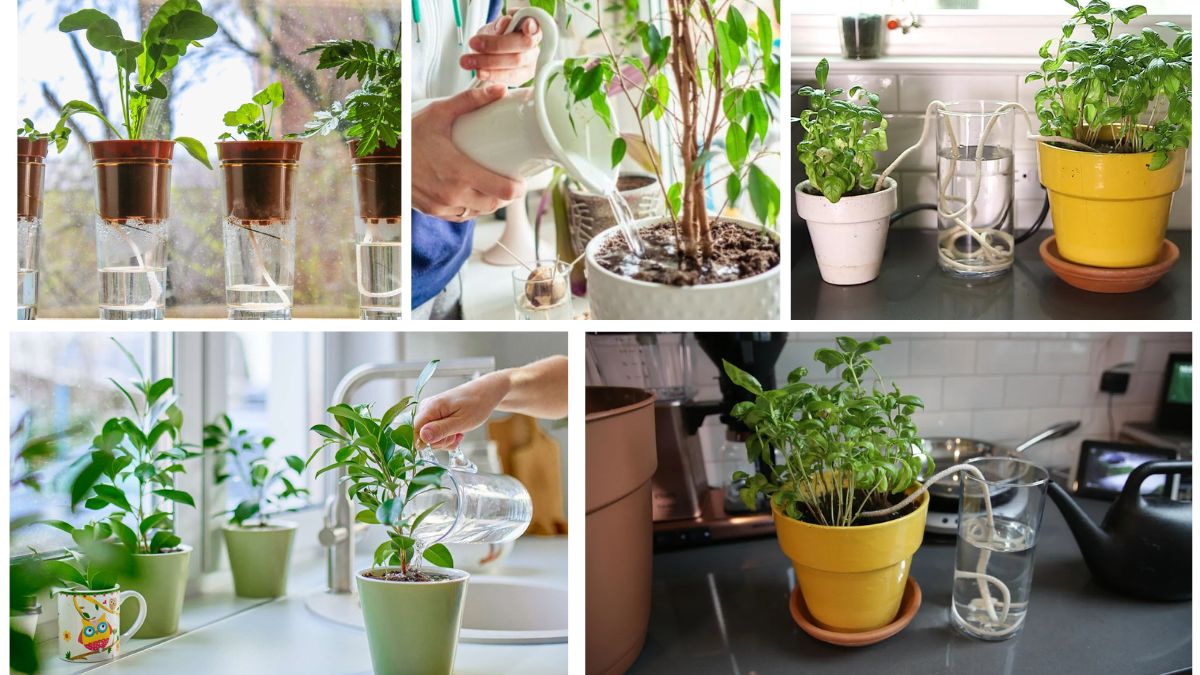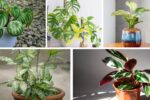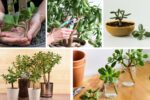Going away for a trip or vacation often brings excitement, but if you’re a plant lover, it may also bring some worry—what will happen to your plants while you’re gone? Water is the lifeline for every plant, and even missing a few days of proper hydration can lead to wilted leaves, dry soil, or in the worst cases, dead plants. Fortunately, with the right techniques and a little planning, you can ensure your plants stay healthy, hydrated, and thriving in your absence.
This guide will walk you through effective watering tips and solutions to keep both indoor and outdoor plants happy while you’re away.
Why Plants Need a Watering Plan Before You Leave
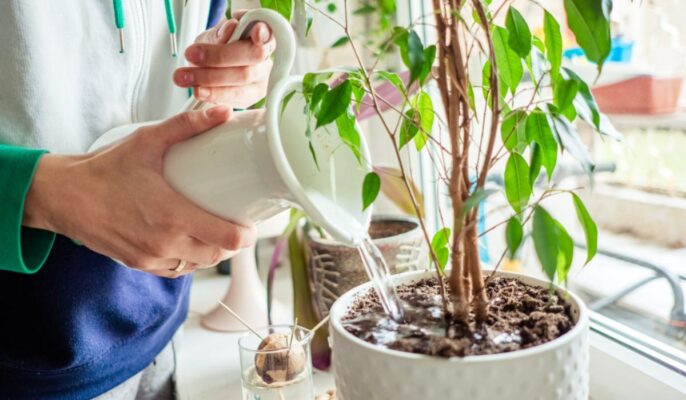
Plants, like humans, cannot survive without water. But each plant’s need is unique:
- Succulents and cacti can survive weeks without water.
- Tropical plants and vegetables often need consistent moisture.
- Outdoor plants in hot climates dry out more quickly than indoor ones.
If you leave without preparation, plants in pots or containers are at the highest risk since their soil dries faster than ground soil. Understanding this difference helps you choose the right method to keep them hydrated.
Tip 1: Deep Watering Before You Leave
One of the simplest strategies is to deeply water your plants right before you go. This means watering slowly until moisture reaches the deeper roots.
- For potted plants: Ensure water drains from the bottom to confirm saturation.
- For garden plants: Use a soaker hose or allow water to soak the soil deeply.
Deep watering prevents shallow roots from drying too fast and gives your plants a moisture reserve for several days. This method is especially effective if you’ll only be away for 3–5 days.
Extra tip: Mulch your outdoor plants with straw, leaves, or bark after watering. Mulch slows evaporation and keeps soil cool.
Tip 2: Self-Watering Systems
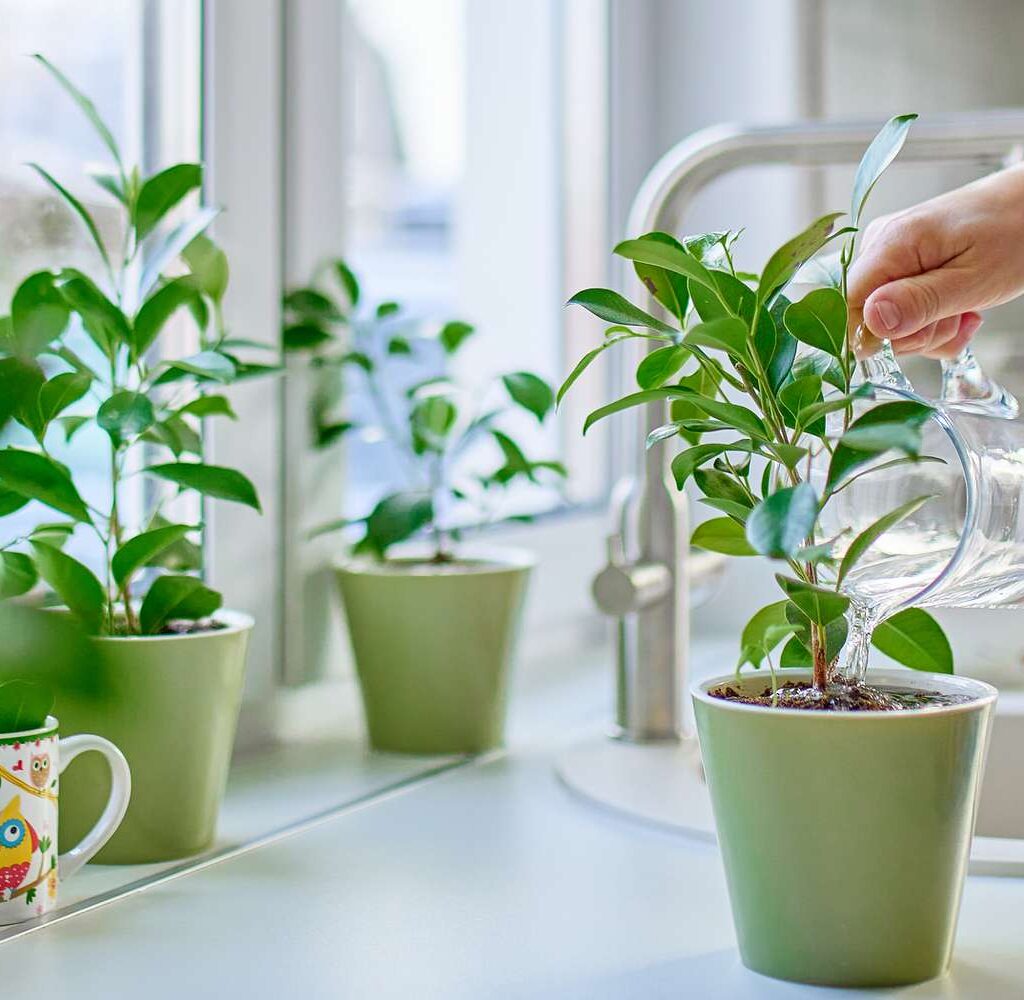
If your trip extends beyond a few days, self-watering systems are your best friend. These clever setups regulate water automatically, ensuring your plants receive a steady supply.
a) Self-Watering Pots
- Many indoor pots come with built-in reservoirs.
- Fill the reservoir before leaving, and the pot will supply water gradually.
- Great for houseplants and herbs.
b) Water Globes or Spikes
- These devices release water slowly into the soil.
- Easy to use: fill them with water and insert into the soil.
- Suitable for small to medium houseplants.
c) Wick Watering System (DIY Option)
- Place a jar of water near your plant.
- Insert one end of a cotton rope into the water and the other into the soil.
- The wick slowly transfers moisture as the soil dries.
These systems are budget-friendly, reliable, and perfect for short-to-medium trips (up to 2 weeks).
Tip 3: DIY Drip Irrigation with Plastic Bottles
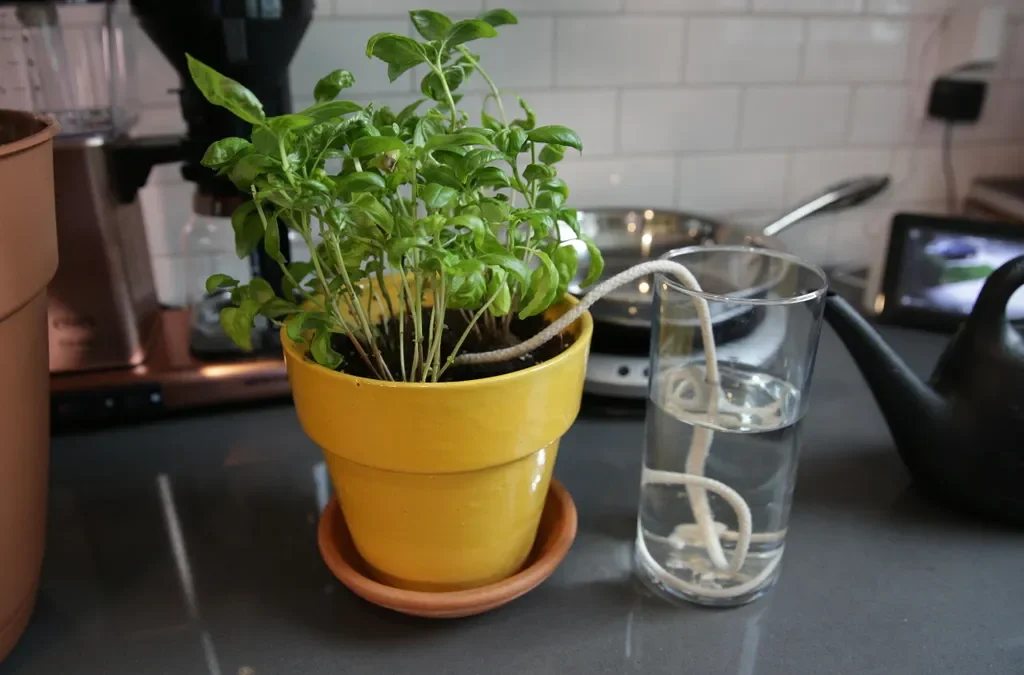
For a low-cost, eco-friendly solution, repurpose plastic bottles into drip irrigation systems:
- Take a clean bottle and poke a few tiny holes in the cap.
- Fill the bottle with water.
- Insert the bottle upside down into the soil.
The water will drip slowly, giving the plant a consistent supply. Adjust hole size for more or less flow.
This method works beautifully for vegetable gardens, balcony plants, and outdoor pots.
Tip 4: Group Plants Together
Plants create a mini microclimate when placed close to each other. Grouping them:
- Reduces evaporation by trapping humidity.
- Keeps soil moist for longer.
- Makes it easier to water them evenly before you leave.
For indoor plants, place them in a low-light room, away from direct sun, to reduce their water needs. For outdoor pots, move them into a shaded spot.
Tip 5: Use Bathtubs, Sinks, or Trays
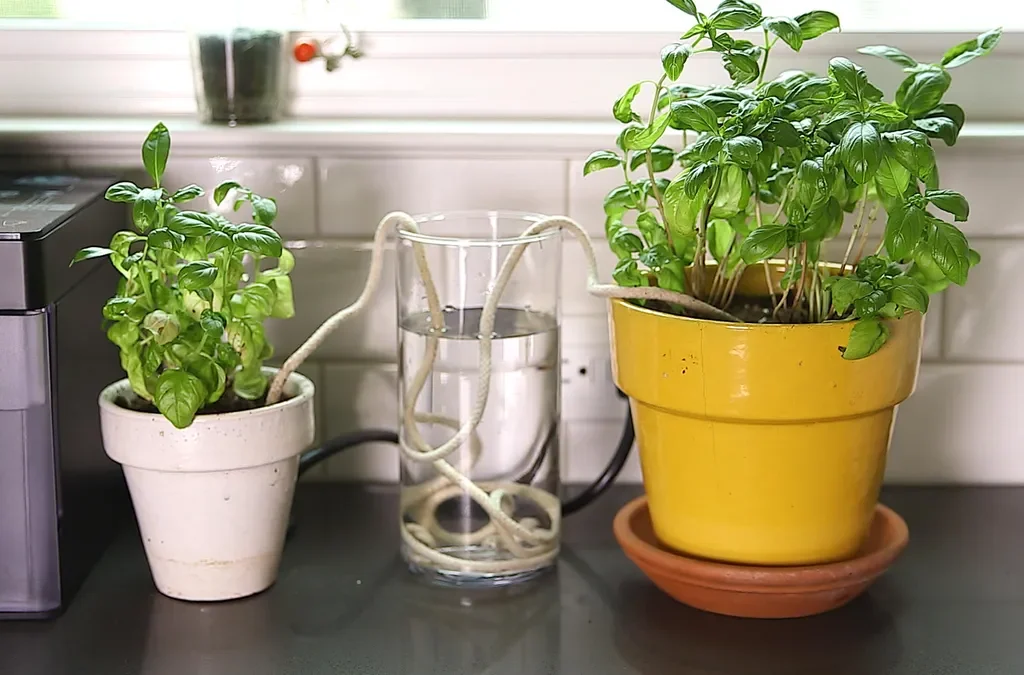
For houseplants, you can use bathtubs or trays to provide a water source.
- Line your bathtub or large tray with a towel.
- Add a few inches of water.
- Place your pots (with drainage holes) on top.
The towel acts as a wick, drawing water up into the soil gradually. This method ensures plants stay hydrated without being waterlogged.
Great for multiple small to medium houseplants and works for 7–10 days.
Tip 6: Cover Soil with Mulch or Pebbles
Whether indoors or outdoors, covering the soil surface helps retain moisture. Options include:
- Mulch (wood chips, straw, or shredded leaves).
- Decorative pebbles or stones for indoor plants.
This technique slows evaporation and protects roots from drying out, making it useful for plants that already have a consistent water source.
Tip 7: Ask a Plant-Sitter
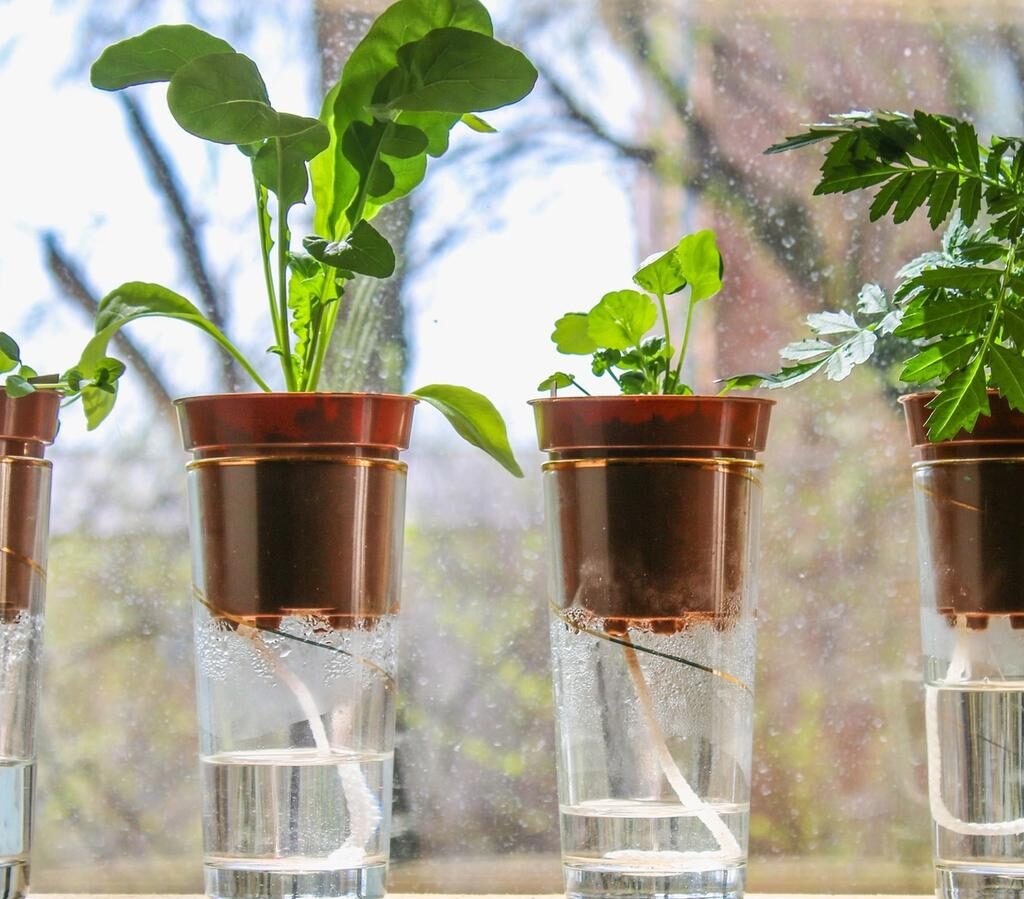
If you’ll be away for more than two weeks or have delicate plants, nothing beats asking a trusted neighbor, friend, or family member to help.
- Provide clear instructions for each plant’s needs.
- Label plants or group them according to watering requirements.
- Leave pre-filled watering cans for easy access.
A human helper can also check for pests, sunlight issues, or fallen plants, which automated systems cannot handle.
Bonus: Smart Watering Technology
Technology-savvy gardeners can invest in smart irrigation systems:
- Wi-Fi controlled drip irrigation kits.
- Moisture sensors that water plants only when soil is dry.
- App-based systems for remote monitoring.
Though more expensive, these systems are excellent for plant lovers who travel frequently.
Common Mistakes to Avoid
When preparing plants for your absence, avoid these pitfalls:
- Overwatering before leaving – This can cause root rot, especially in succulents.
- Leaving plants in direct sunlight – Sun + no watering = quick dehydration.
- Using closed containers without drainage – May cause waterlogging and root suffocation.
- Ignoring plant types – Succulents need less water, while tropicals need more.
Conclusion
Leaving your plants behind doesn’t have to mean returning to wilted or dying greenery. With careful planning—whether by deep watering, self-watering pots, DIY systems, or asking a helper—you can keep your plants thriving even during your absence.
The key is to assess your plants’ needs, choose the right method, and combine strategies for maximum effect. Whether it’s a weekend trip or a two-week holiday, these watering tips will ensure you return to healthy, happy plants ready to welcome you back.
